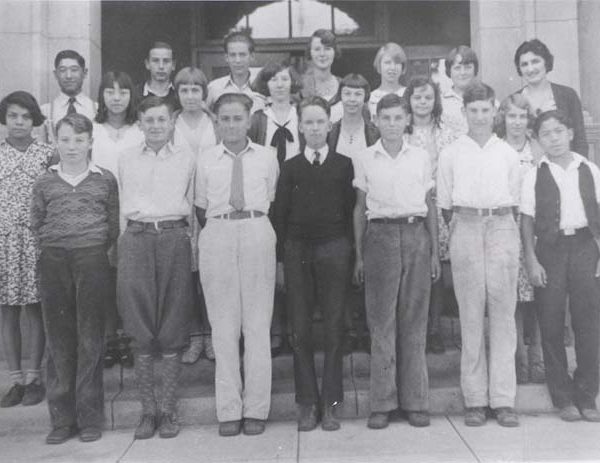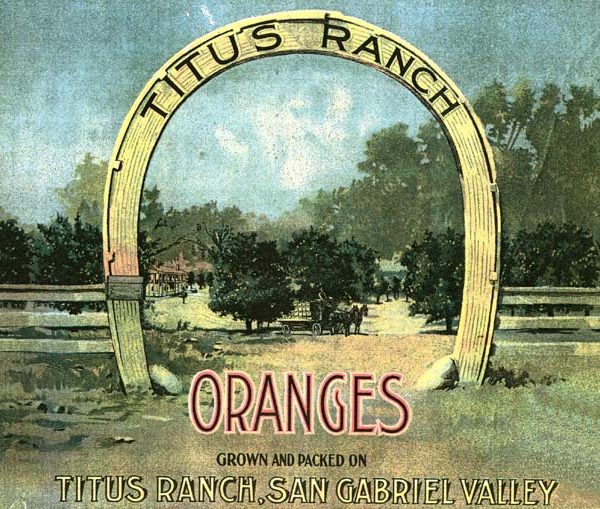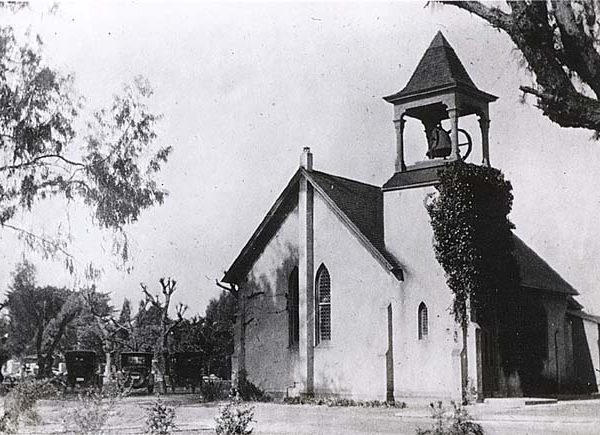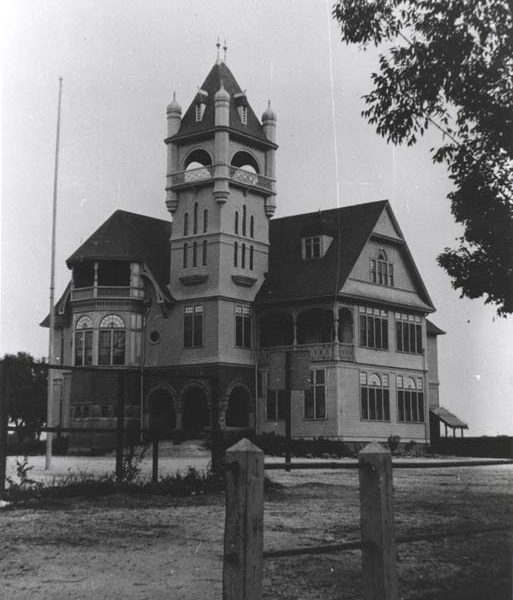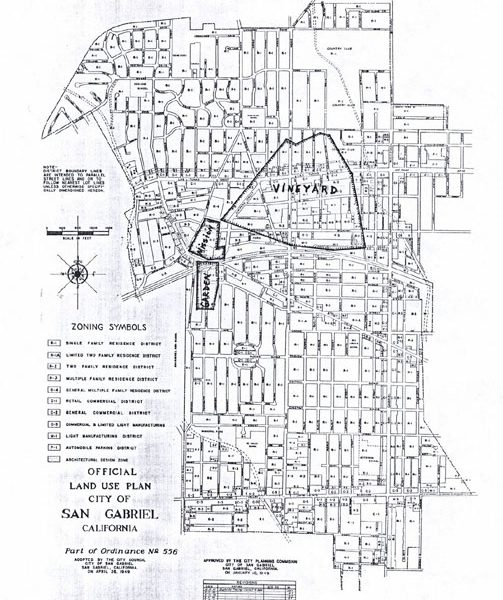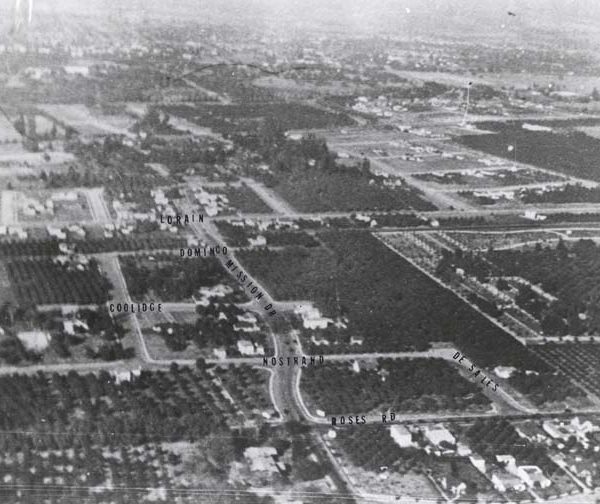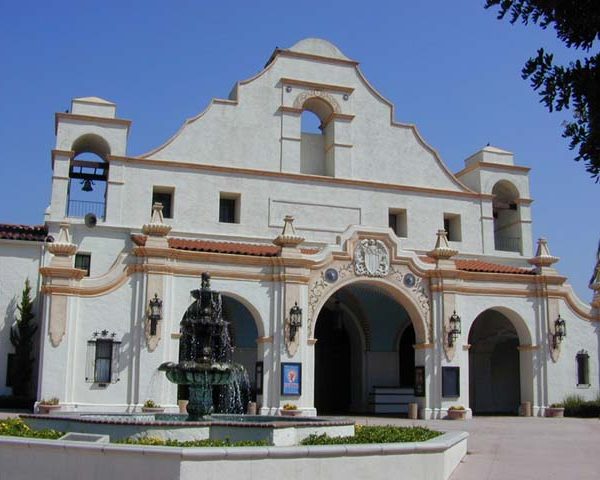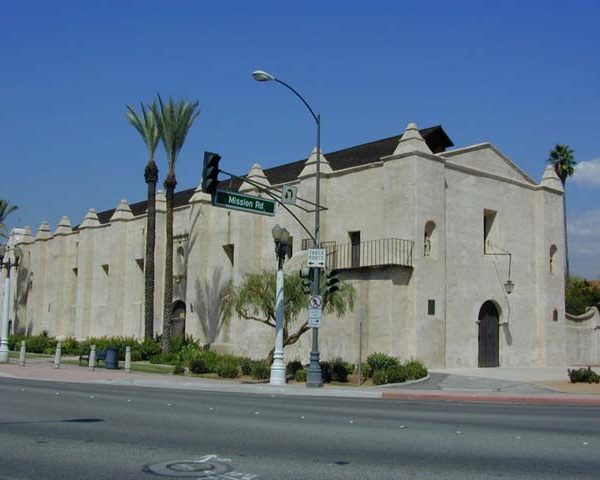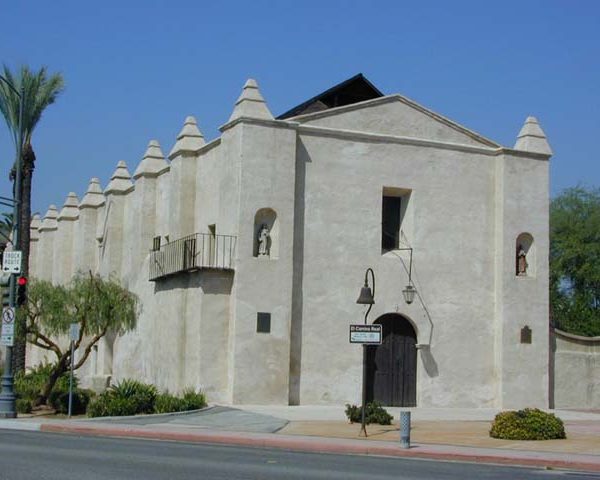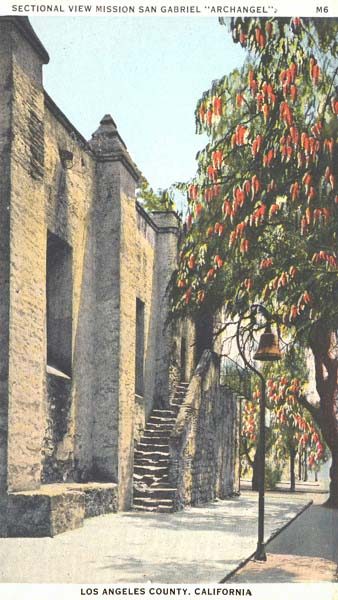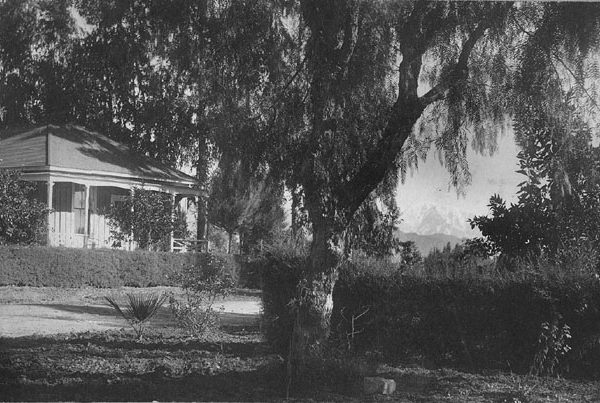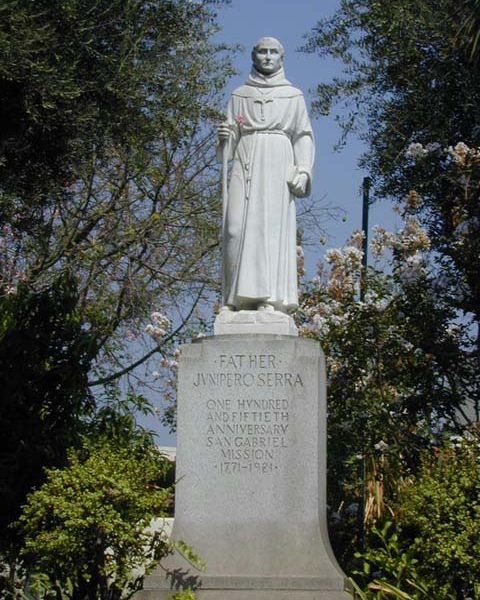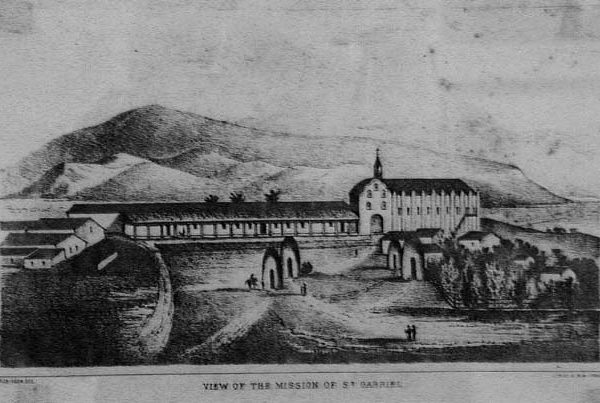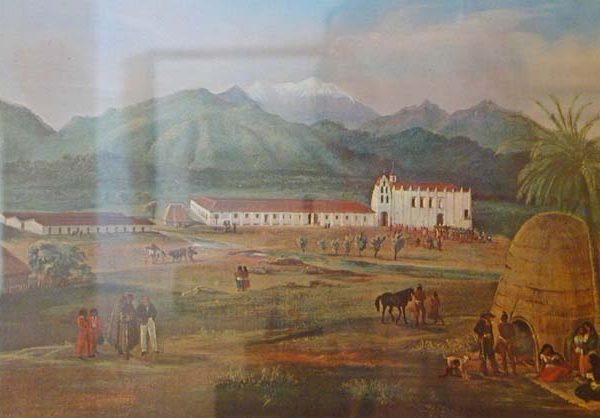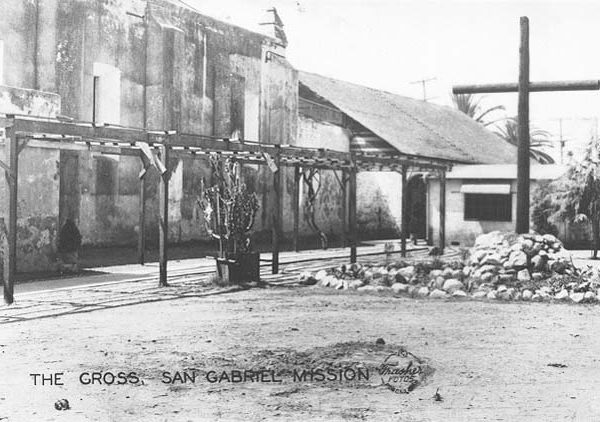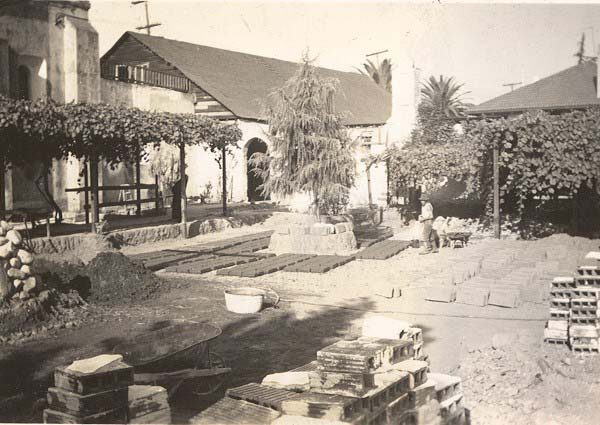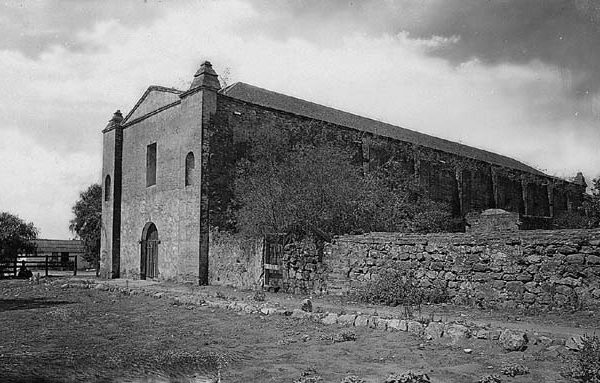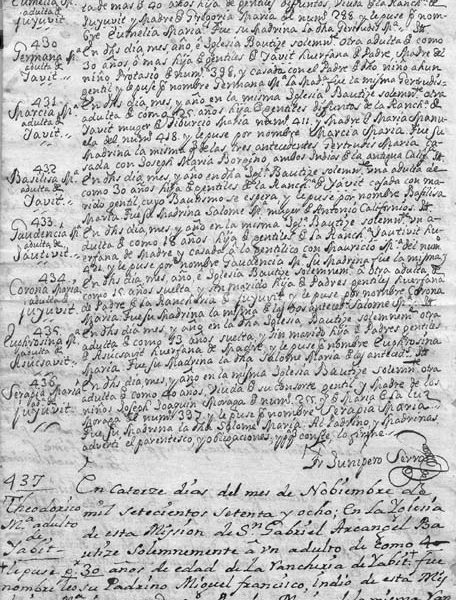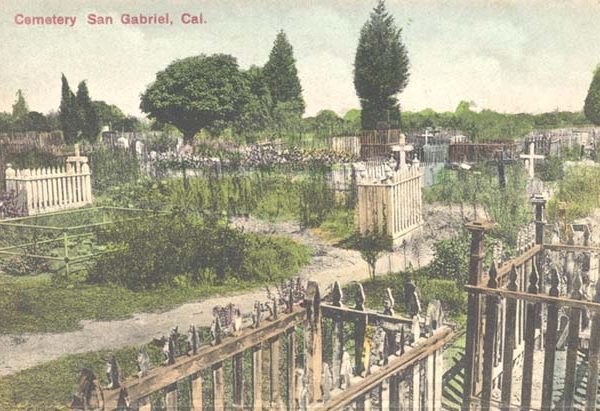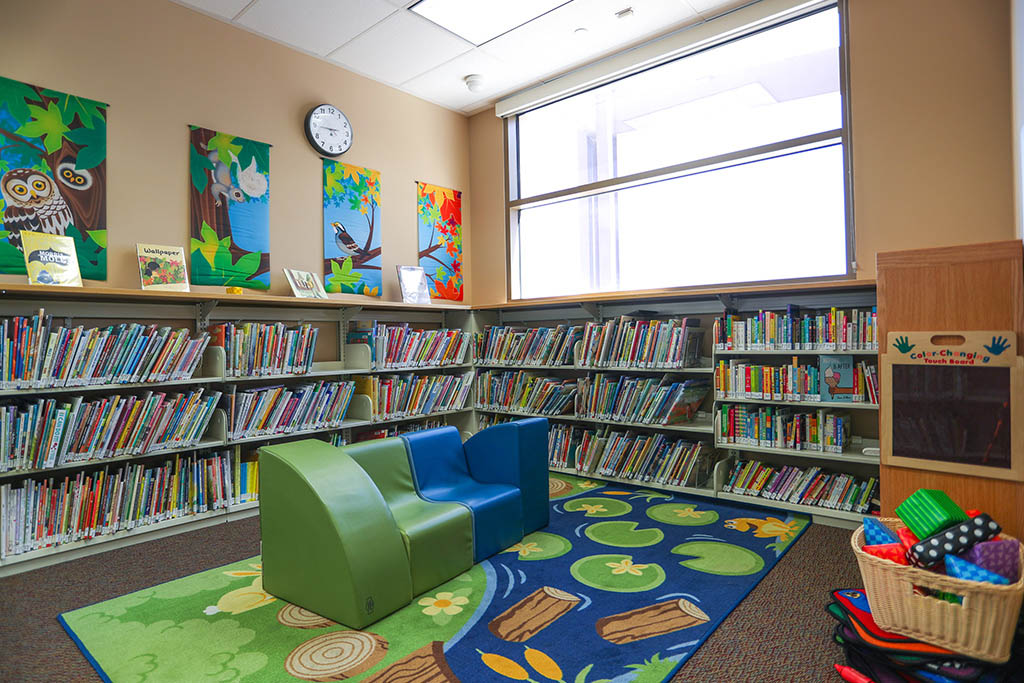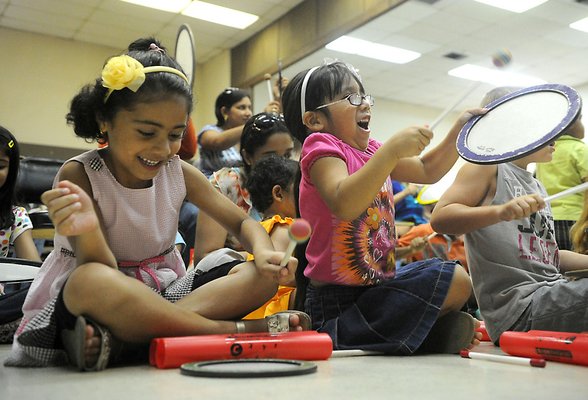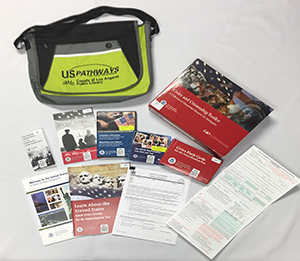San Gabriel
Community History
The oldest settlement in Los Angeles County and second oldest community in all of California after San Diego, San Gabriel lies in the San Gabriel Valley in the shadow of the San Gabriel Mountains. All three took their names from Mission San Gabriel Arcangel, one of twenty-one missions established by the Spanish in the late eighteenth century and the seed of present-day San Gabriel. Mission San Gabriel left a permanent imprint on Southern California. The arrival of Spanish missionaries permanently displaced the area’s Native American inhabitants, but also permanently influenced the future of California, stimulating what would prove to be a rich agricultural industry.
Eventually, Mexican political interests interfered with the mission’s work, leading to the dispersion of its extensive land holdings and the dissolution of its influence. Ranchers and farmers assumed prominence as the nineteenth century progressed. A trickle of Americans heading west late in the century evolved into a continuous expansion of San Gabriel’s population in the 1900s, marked by a significant growth spurt in the 1940s and a new suburban look in the second half of the century. By 2000, San Gabriel was a prosperous community of more than 40,000.
Image Gallery
Frequently Asked Questions
San Gabriel’s roots lie with the Catholic church and eighteenth-century Spanish missionaries. The land the city currently occupies once belonged to the Indians now known as the Gabrielino. In the late 1700s, Spanish explorers first visited the area, with missionaries establishing Mission San Gabriel Arcangel in 1771 to serve as a center for proselytizing among the Native Americans.
For more than half a century, the Franciscans at the mission not only worked to save the souls of the native population but directed their labors for the mission. Together the padres and Indians created a prosperous agricultural community. In the 1830s, the Mexican government took the mission and its extensive land holdings away from the church. Later, the United States returned the mission, but by then Mexican and American ranchers and farmers were establishing themselves in the neighborhood. Orange groves, fields of grain, and broad expanses of grazing cattle and sheep characterized the area for many years.
In the 1880s, San Gabriel was “a wild little town with eighteen saloons within a two-block area.” Most of its several hundred residents were not particularly pleased with its reputation and in the early 1890s voted to eliminate the saloons. Near the end of the nineteenth century, the coming of the railroads started a migration of people to southern California, and the interurban rail system that arrived on its heels similarly fostered the growth of the small community of adobe homes and businesses known as San Gabriel. By 1913, some residents were envisioning a bigger and better future, and, following a heated battle, voted to incorporate the community as a city.
In 1923, San Gabriel had roughly 2,000 inhabitants. Subsequent years brought steady land sales and housing construction, as new residents flowed into the city. San Gabriel’s population, like that of surrounding communities, swelled during the 1930s and 1940s. Home to approximately 12,000 citizens in 1940, San Gabriel residents numbered more than 20,000 in 1950. Gradually agriculture gave way to residential developments and commercial and industrial enterprises. In the 1960s, many San Gabriel firms were turning out component parts for the burgeoning Southern California aerospace industry.
The Native Americans who lived in what is now the Los Angeles area spoke a language distinct from their neighbors to the North and South of them. They have come to be known as Gabrielino, after the Mission San Gabriel, where many of them eventually lived.
When the Europeans arrived, they discovered numerous Indian villages between the Pacific Ocean and the San Gabriel mountains. The Gabrielino lived in domed, circular structures with thatched exteriors. Both men and women wore their hair long and used a vegetable charcoal dye and thorns of flint slivers to tattoo their bodies. They required very few clothes, though women usually donned deerskin or bark aprons, and all might wear animal skin capes in cold or wet weather. Passing through during the mid 1700s as part of Spaniard Gaspar de Portola’s famous expedition from San Diego to Monterey, Padre Juan Crespi observed that the Indians in the area were very friendly.
When the Franciscans established the Mission San Gabriel in the late 1700s, they did so with the intent of converting the nearby Indians and teaching them useful skills-that is, weaving, spinning, farming and other skills typical of a European lifestyle. Those Gabrielino who did not flee, either moved voluntarily or were forcibly relocated to the vicinity of the mission, where they worked its lands and contributed to its eventual prosperity. European diseases killed many of these Indians, and others suffered from ill treatment at the hands of the occupying Spaniards. Later, many became laborers for local landowners.
Nearly from the outset, the padres at the San Gabriel Mission tested the fertility of the lands belonging to the mission, successfully growing limes, pomegranates, figs, peaches, pears, and apples. More notably, they were soon nurturing acres and acres of grape vines and orange trees. Cuttings from their vines and seeds from their orange trees would eventually spread vineyards and orange groves throughout California. In light of these achievements, the Mission has often been called the “Mother of Agriculture in California.”
Along with its fruit products, the mission boasted thousands of horses, sheep, and cattle, with Indian women learning to spin and weave the sheep’s wool, while the cattle provided hides, tallow, and meat. Even after the mission’s influence declined, the San Gabriel Valley continued to be a land filled with grazing sheep and cattle, fruit orchards, and fields of grain, as Mexican and American ranchers and farmers maintained the agricultural traditions of the Franciscan padres. Until a blight destroyed the vineyards, the San Gabriel Winery was counted among the largest wineries in the world late in the century. The arrival of the railroads portended the eventual demise of the agricultural industry, but during the 1920s the lands around San Gabriel were still producing generous quantities of fruits, vegetables, and grain. Rapid population growth in the San Gabriel Valley during the 1940s and 1950s and the spread of commercial ventures and industrial operations ultimately spelled the end of the agricultural focus of the San Gabriel area.
Father Pedro Cambon and Father Jose Somera originally established the Mission San Gabriel Arcangel under the direction of Father Junipero Serro in 1771 as the fourth of twenty-one Spanish missions. Setting up the missions in the wilderness of a new land that was still very much unknown and unexplored, the Franciscan fathers felt called to convert the local Indians to the Catholic religion and, at the same time, to teach them the skills useful to peasants in an agricultural community. With land holdings encompassing all of present-day Los Angeles, Orange, San Bernardino, and Riverside counties and resident Indians who had been trained to weave and sew, care for livestock and crops, tan leather, and tend orange trees and vineyards, the Mission San Gabriel prospered.
The “Pride of the Missions” furnished food and supplies to settlements and other missions throughout California. In the 1830s, the Mexican government secularized all of the California missions and San Gabriel Mission fell into ruins, its Indians dispersed and forced to fend for themselves. After the United States assumed control of California at mid century, the American government returned the mission to the Catholic church. From 1859 to 1908, it functioned as a parish church. Since that time, the Claretian fathers have administered the mission.
After enjoying a performance of the Passion Play in Oberammergau, Germany, Henry Miller, a Riverside resident, decided that someone should write a play about the history of California, particularly the story of its missions. He looked about for an author and finally approached John Steven McGroarty, a poet, Los Angeles Times columnist, and the writer of a history of California. (McGroarty would later go on to become Poet Laureate of California and a U.S. Congressman.)
McGroarty developed a script for an epic production of more than four hours duration involving some 150 actors. First performed in 1912, the story of Father Junipero Serra and the missions of California would attract more than two and a half million people during its twenty-year run. Staged in an old tin-roofed building, the play eventually outgrew its original quarters. In the late 1920s San Gabriel dedicated a brand new playhouse constructed specifically for the staging of the “Mission Play” with funds raised by a group of influential Los Angeles businessmen.
The facility’s designers modeled the structure after the Mission San Antonio De Padua in Monterey and filled its interior with Spanish, Indian, and Mexican-flavored furnishings. Shortly after the playhouse opened with pomp and circumstance, the Great Depression hit. Productions stopped, with a mortgage company obtaining control of the building in the 1930s. For a time it was used as a movie theater. After World War II, the city of San Gabriel purchased the playhouse and briefly revived the “Mission Play,” but found that it failed to generate the interest and excitement it had in the past. In the years since, the playhouse has served as the San Gabriel Civic Auditorium.


